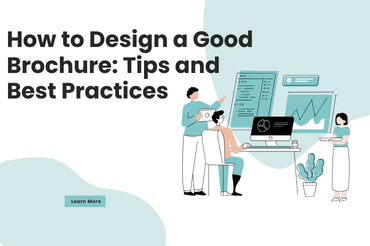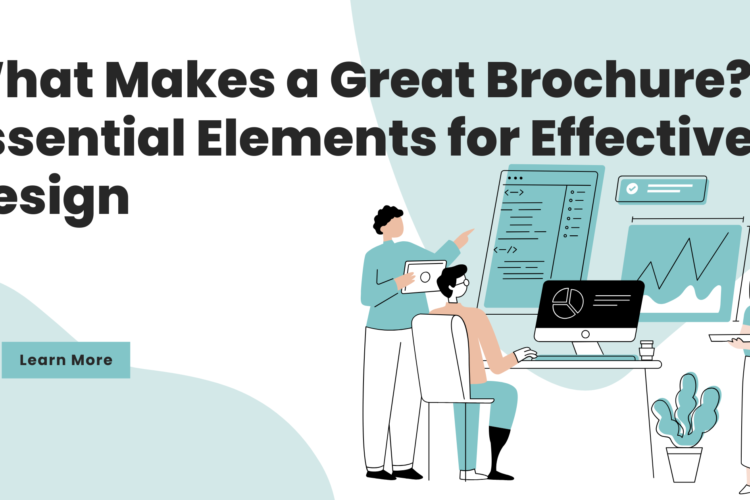
A well-designed brochure can be a powerful marketing tool that effectively communicates your message and engages your audience. Whether you’re promoting a product, service, or event, creating a visually appealing and informative brochure is essential. Here are some tips and best practices to help you design a good brochure.
1. Understand Your Purpose and Audience
- Identify the Objective: Determine the main goal of your brochure. Are you informing, promoting, or providing detailed information?
- Know Your Audience: Understand who your target audience is and what information they are looking for. Tailor your content and design to meet their needs and preferences.
2. Plan Your Content
- Create a Compelling Headline: The headline should grab attention and clearly convey the main message of your brochure.
- Organize Your Information: Break down your content into sections with clear headings. Use bullet points and short paragraphs to make it easy to read.
- Include a Call to Action: Encourage your readers to take the next step, whether it’s contacting you, visiting your website, or making a purchase.
3. Choose the Right Layout
- Select a Format: Common brochure formats include bi-fold, tri-fold, and z-fold. Choose a format that best suits your content.
- Balance Text and Images: Ensure a good balance between text and visuals. Too much text can be overwhelming, while too many images can distract from the message.
4. Use High-Quality Images and Graphics
- Professional Photography: Use high-resolution images that are relevant to your content. Avoid generic stock photos whenever possible.
- Consistent Branding: Incorporate your brand colors, fonts, and logo to create a cohesive look that aligns with your brand identity.
5. Pay Attention to Typography
- Readability: Choose fonts that are easy to read and avoid using too many different fonts. Stick to a maximum of two or three complementary fonts.
- Font Size and Hierarchy: Use larger fonts for headings and smaller fonts for body text. Ensure there is a clear visual hierarchy.
6. Incorporate White Space
- Avoid Clutter: Don’t overcrowd your brochure with too much information. Use white space to separate sections and make the design look clean and organized.
- Highlight Key Points: Use white space strategically to draw attention to important information and make it stand out.
7. Ensure Quality Printing
- Paper Quality: Choose high-quality paper that feels substantial and enhances the overall look of your brochure.
- Professional Printing: Consider using a professional printing service to ensure that colors are vibrant and the brochure looks polished.
8. Review and Proofread
- Check for Errors: Review your brochure for any spelling, grammar, or factual errors. Ensure all information is accurate and up-to-date.
- Get Feedback: Share your design with colleagues or friends and get their feedback. Make any necessary adjustments before finalizing the design.
Conclusion
Designing a good brochure involves careful planning, attention to detail, and a focus on your audience’s needs. By following these tips and best practices, you can create an effective and visually appealing brochure that effectively communicates your message and leaves a lasting impression on your readers.




